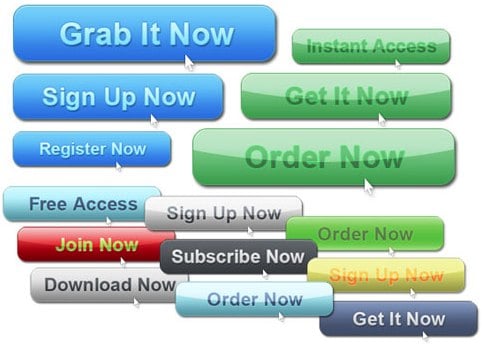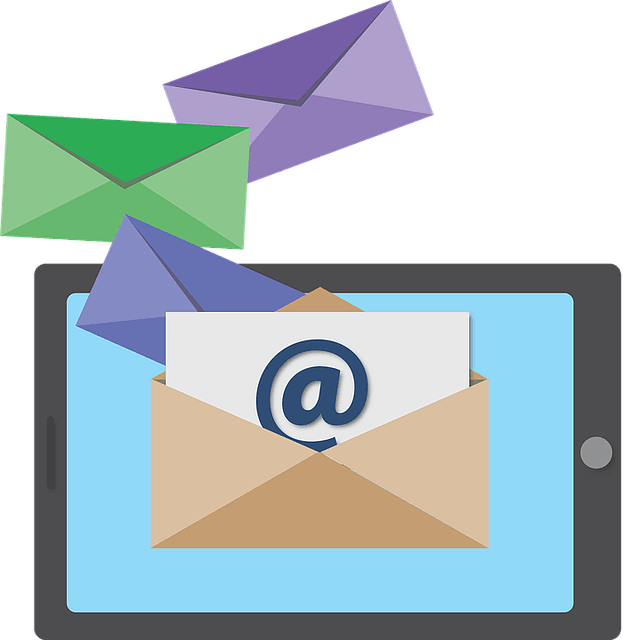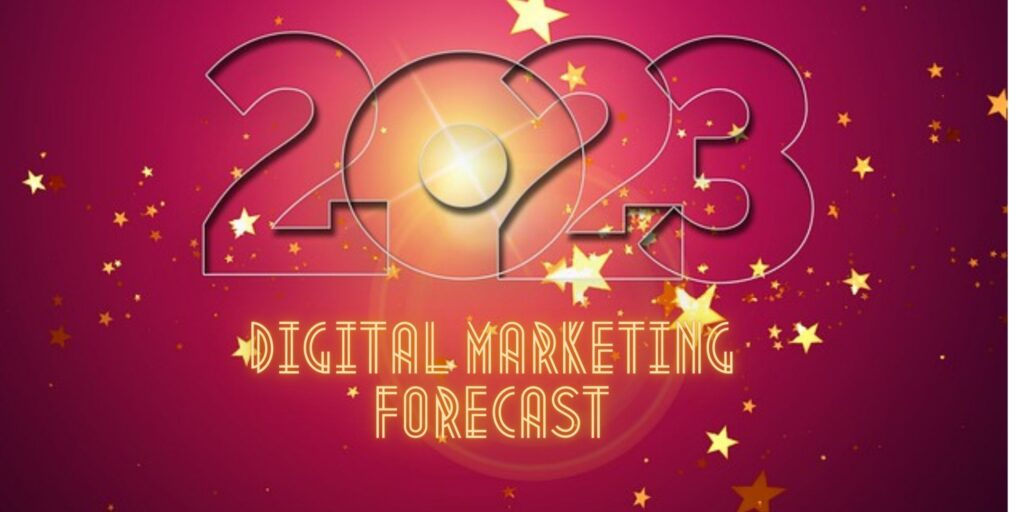

You came up with a brilliant idea, set up a website and placed ads on Facebook. However, your marketing is failing. The ads are not working. It’s not the network’s fault. There could be several factors why your marketing isn’t working. They fall into 5 major categories.
This, of course, takes into consideration that you have a good product or service and you’ve done your market research. The greatest marketing or advertising campaigns can’t help if no one wants or needs your product or service. For example, some of you might remember “New Coke“.
I explain everything in this video…
5 Reasons Why Your Marketing is Failing & How to Fix the Problem
First you need to identify where the problem is….
Scenario 1:
You’re Getting Reach, but no Clicks


In this case, people are seeing your ad or organic (non-paid) posts, but they’re not clicking on the links, they’re not engaging — liking, sharing, or commenting.
Scenario 2:
You’re Getting Clicks, but no Sales


In this scenario, you’re getting clicks and traffic to your website, but you have no sales or conversions — that is, visitors are not doing what you want them to do, like download your freebie or join your email list.
Fixing the Problem No Matter How Your Marketing is Failing
Whichever scenario you fall in, it still boils down to 5 reasons why your marketing is failing….


- The message doesn’t match the audience. Here, you could have the right message to the wrong audience, the wrong message to the wrong audience, or the wrong message to the right audience. What you want to find is the right message to the right audience.
- Your website is ugly or doesn’t function as it should. This is your 24/7 salesperson. A bad User Experience (UX) will cost you sales. The UX starts the moment a potential customer clicks on a link. Whether it’s from a search engine results page (SERP), an organic blog post or a paid ad, the whole experience has to be enticing and attractive to THEM.
- Landing page is too distracting. A landing page has one purpose — to gather a visitor’s email address and name and maybe 1 or 2 facts about them or to sell a product or service. It should not have any other navigation/menu besides the “Submit” or “Subscribe” button. The landing page is where someone lands after clicking on a promotional post or paid ad. The message on the landing page should match the one in the post or ad. It should sell whatever it is you’re selling.
- The call-to-action (CTA) is not visible. Whatever you want the visitor to do should be the first thing that they see when they land any on your website pages — whether it’s a static page or a blog article. Make it easy for the visitor to do what you want them to do. Don’t make them work.
- There’s no follow-up. If you do get someone to give you their email address and download your freebie ebook, a coupon offer or watch a free video, you’ve got a warm lead. They may not be ready to buy just yet, and this is where your marketing automation comes in. Just letting them sit in a database without following-up with them is throwing that warm lead away.
If Your Marketing is Failing, Here’s How to Fix It…
The right message to the right audience…


- Look at your analytics and insights:
- Each of the social media networks offers analytics or insights. Study them. Who are your followers? Look at the demographics — age, gender, location, etc. Which types of posts got the most engagement — likes, shares, clicks or comments?
- If you did paid advertising, how did you select your audience — the users your ad would be shown to? I suggest using the networks’ own advertising departments as they can help you determine why your ad is getting the reach, but it not getting clicks. They want you to succeed when you place ads with them.
- Look at your website’s analytics. How many visitors did you get in a month? Where did they come from? What were your most popular posts or pages? What’s your Bounce Rate?
- Clearly define your target audience and create personas. Who is your target market(s)? You can more than one. What are their pain points or problems that your product or service will solve or alleviate.
- Research your target audience. What resonates with them? Look at the age-bracket or generations. You talk to a millennial differently than a baby boomer. Which social media networks do they frequent the most?
- Research your competition. Who are you up against? What are they doing? What makes you different? How many followers do they have? How often are they blogging?
- Craft the Right Message to the Right Audience. If your posts or ads were getting reach and no one was clicking on them, then it was scenario 1. What’s the right message? Here’s where your research comes in. What is the pain point that you can solve for your target? You have 7 seconds to catch someone’s attention online. As a result, you need quality, eye-catching videos or graphics — visuals. Furthermore, test your ads or promo graphics and videos with friends, colleagues or even a SCORE mentor to get an objective opinion. Make sure if you use people in your ads or videos that they reflect your target market. For instance, don’t use the picture of a young, healthy gal when you’re catering to people over 40 with a health product. No magical liquid is going to make them look 29 again!
Once they land on your website…
Now that you’ve got an ad or a promotional graphic or video, what happens when they land on your website?
The User Experience


There are basically 3 ways a visitor can enter your website…
- The Home or Front Page — or another static page like “About”, “Products” or “Services”
- A blog article
- A Designated Landing Page
Similarly, there are 3 ways that they can find you…
- Search Engine Results Page (SERP) — they searched for an answer to a problem or question and one of your pages or blog posts came up in the results. Furthermore, the Meta Description for each of your pages and blog posts is critical here to ensure that someone clicks on your link in the SERP. This is part of the SEO for your site.
- Social media post or ad — you got the right message to the right audience and they clicked on it! Yay!
- Directly — someone gave them your web address, they had a business card, directly mail or other offline source. Or they found you in a listing somewhere like your local chamber of commerce.
Once they’re on your site, what happens?
Visitor Behavior


The visitor finds what they’re looking for and ..
- They read the article and they leave. They had a question, you provided the answer in an article, they read it, they’re satisfied and they leave. Here’s where the popup will work. Hey! Before you go… Join our list! Subscribe to our monthly newsletter! Get a free ______! This then takes them to a landing page where they give you their name, email address and answer a couple of questions so you can segment the list. That’s the intake form. This is connected to an email service like MailChimp. Having the popup as soon as someone lands on your site is extremely annoying! How do I know if I want to get your freebie if you don’t let me read the article first?!
- They read the article and are interested in learning more. Your article satisfied them so well, that they want to see what else you know about a topic or what else you have to offer on other topics. This is where your categories and tags come in. Also, the search box. This keeps them longer on your site and will lower your Bounce Rate. They may not be ready to buy yet or sign up for your list, but they want to read more.
- Once they read the article, there’s a call-to-action at the end of the article that entices them to give you their email address or to do whatever you want them to do.
The Follow-Up


Now, you have a WARM LEAD!
Here’s where many small businesses let perfectly good leads fall through the cracks. What happens when they hit the “Send” or “Subscribe” button?
- A “Thank You” page should popup with a link to whatever it is they signed up for.
- They should get a confirmation email with the same link as well as the reminder that they joined your list and they will be getting a newsletter every month (or whatever time-frame).
- In a couple of days, they should get a follow-up email with a video telling them more about what you have to offer based on how they answered the questions in the intake form. This is the first of a marketing automation drip campaign with the goal to convert the lead into a sale.
Don’t Be Overwhelmed!
This all may look daunting, but it won’t be if you take everything step-by-step. I can help guide you through all this. Let’s start with a free 15-minute phone consult.



